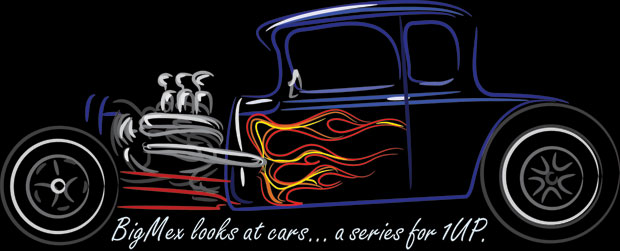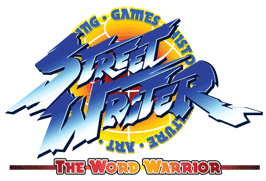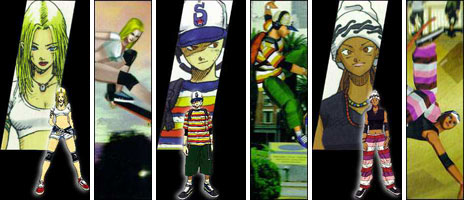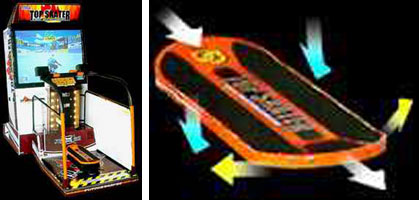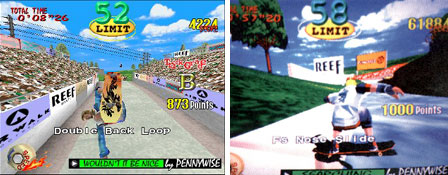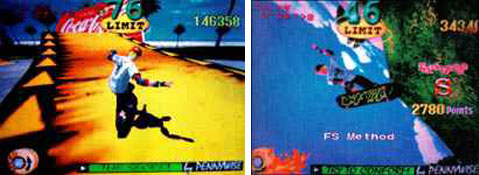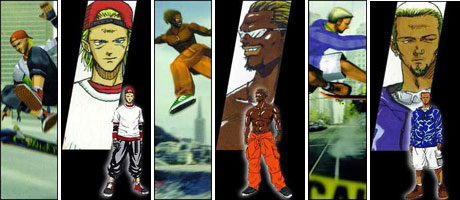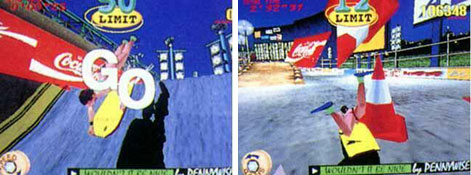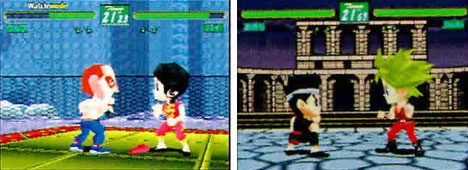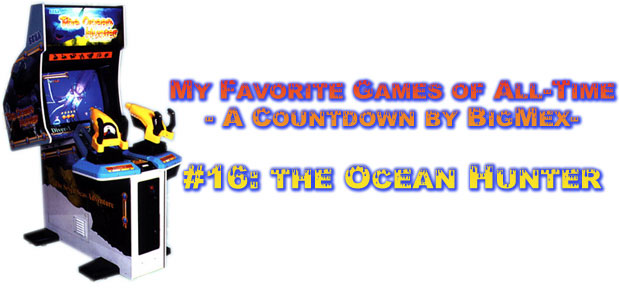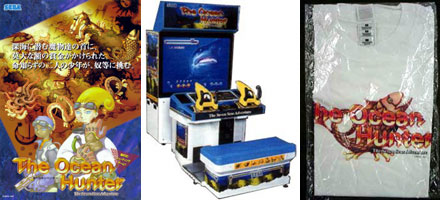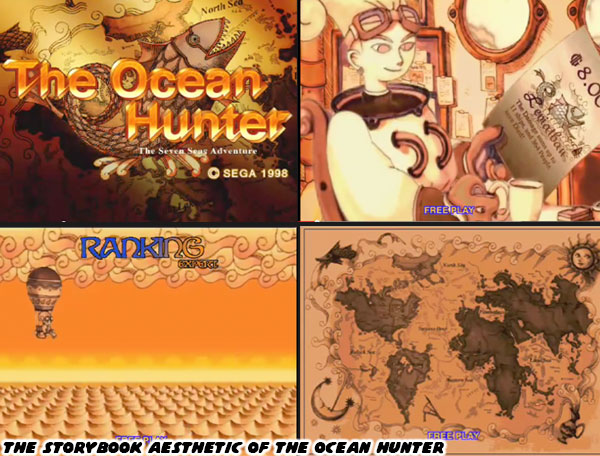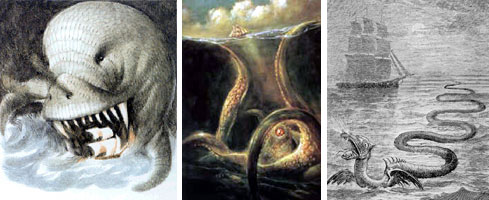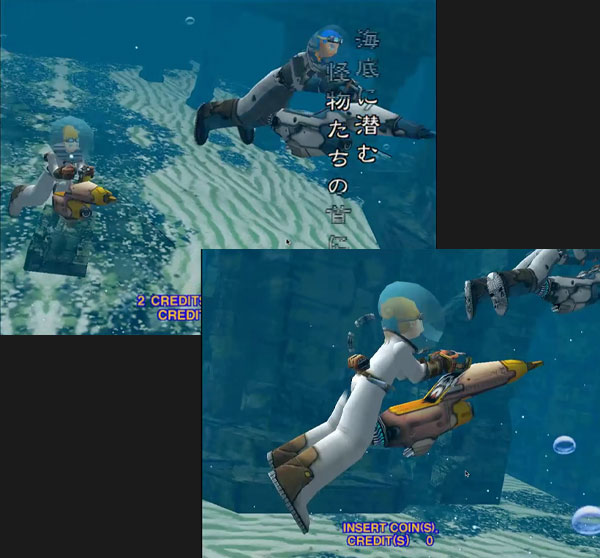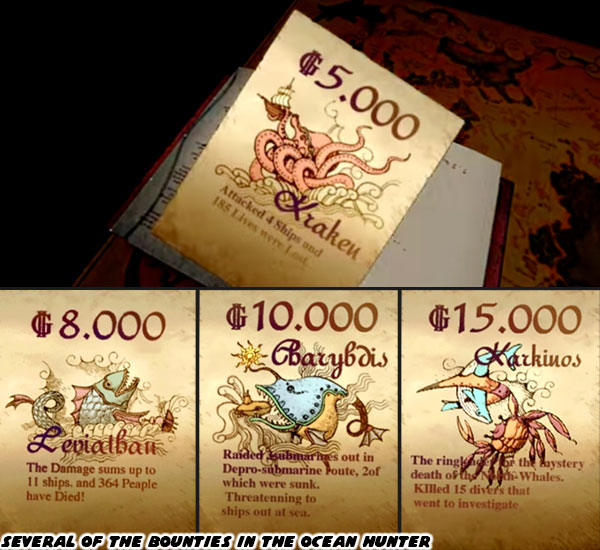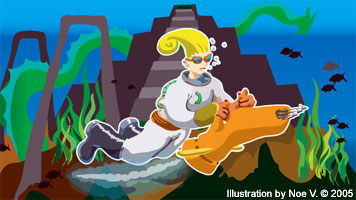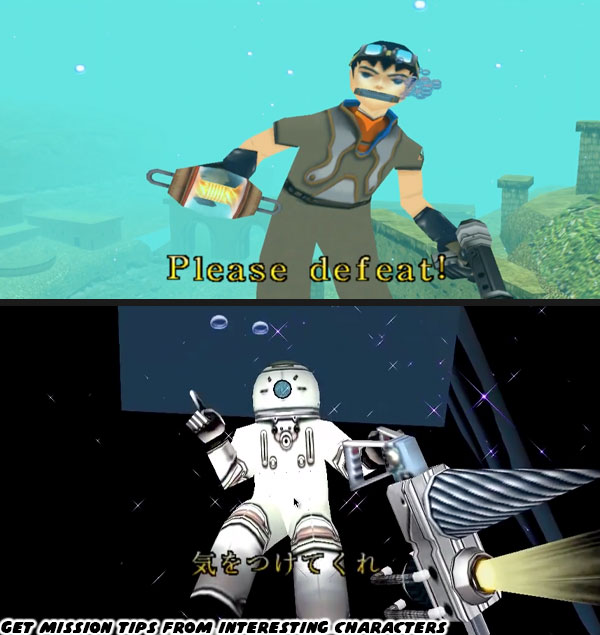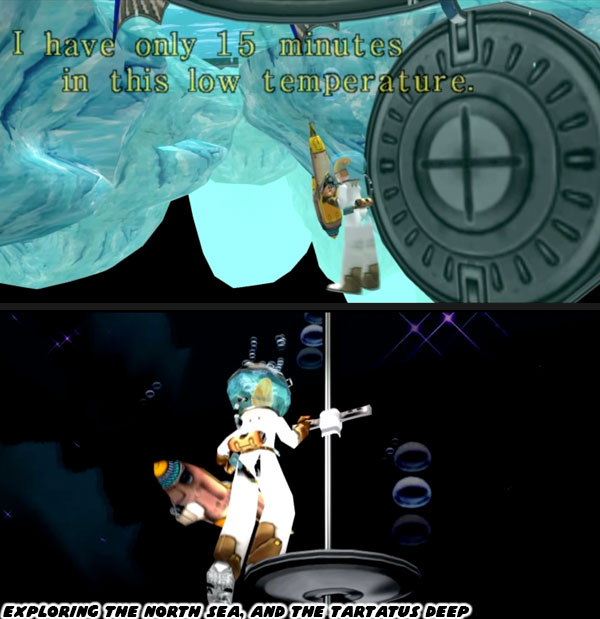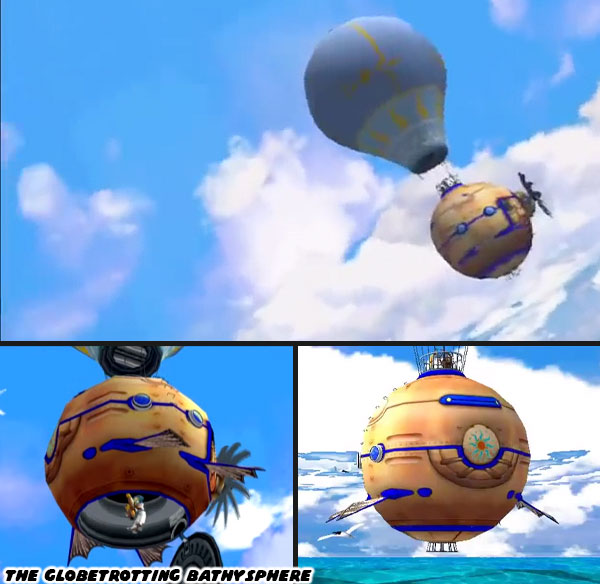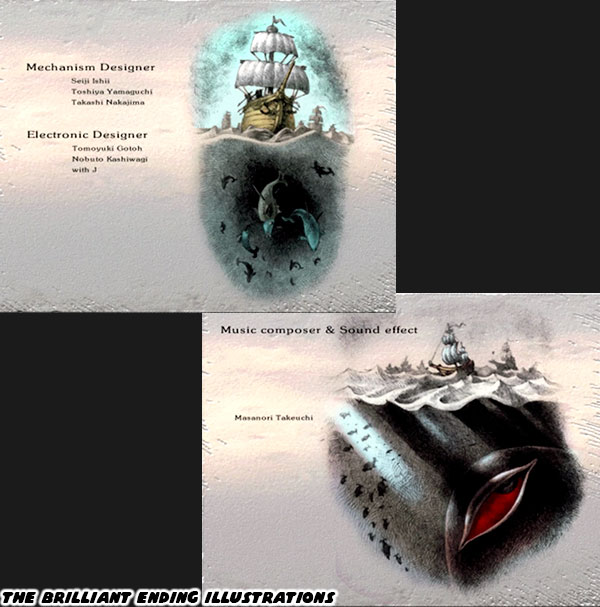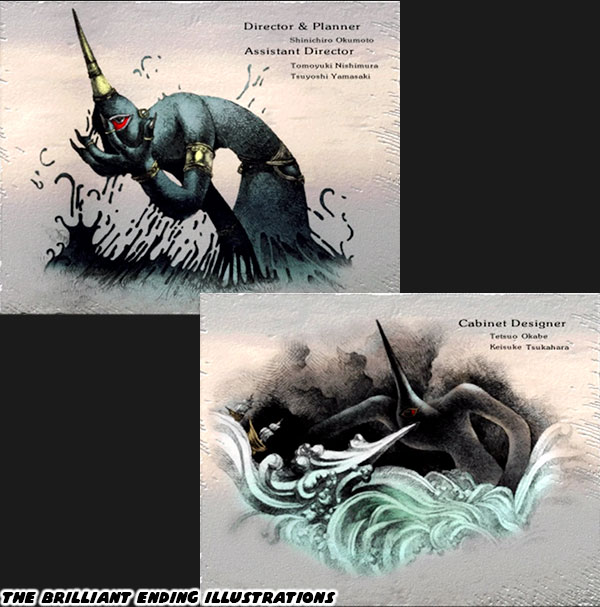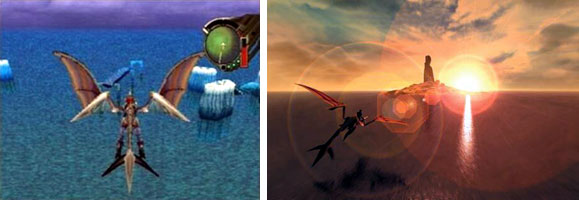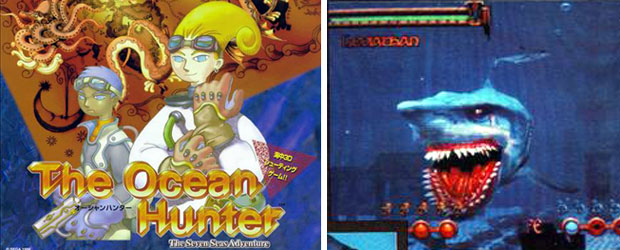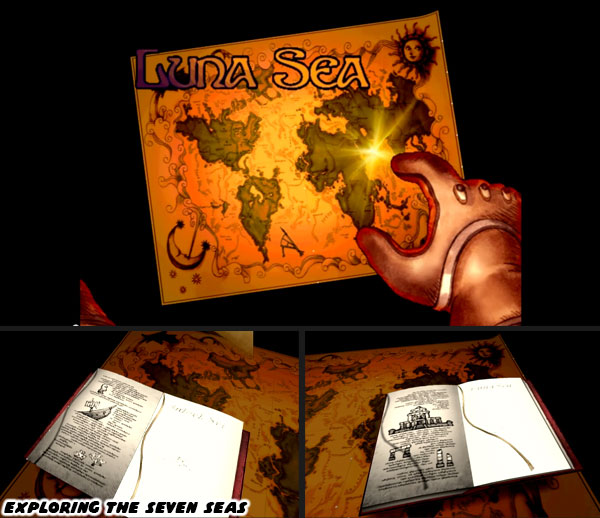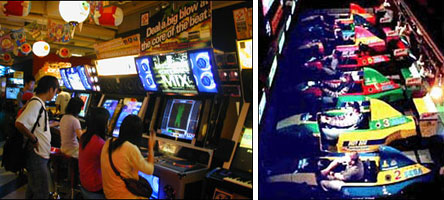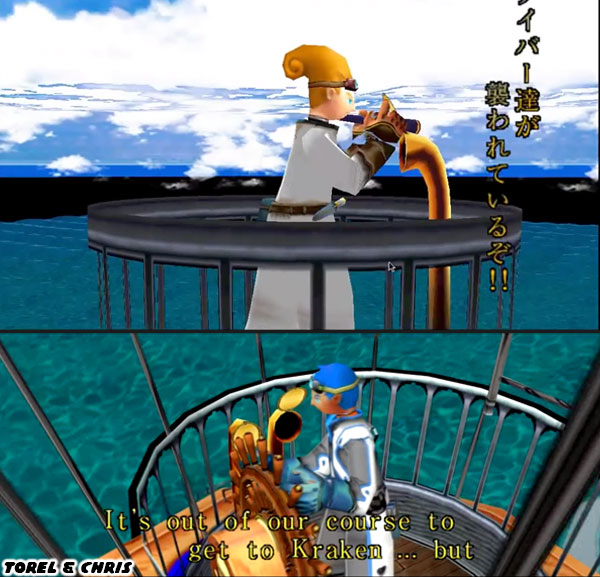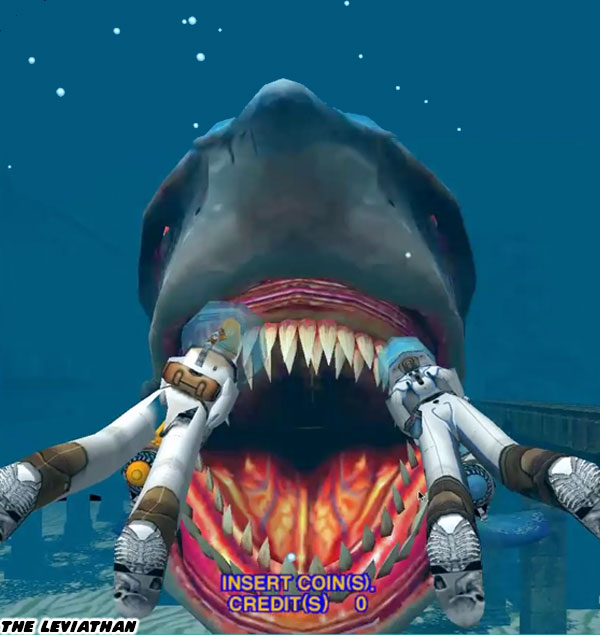OutRun is an arcade legend, on par with the biggest names I've featured yet on the blog, and possibly the biggest title I'll be naming in the series. It was an easily accessible racing game not built for the sim community. It was an arcade racer through and through, whose bright graphics, multiple tracks and questionable physics appealed to everyone. My favorite version of the game was not the original title, but it's spiritual successor Outrunners.

Both games more or less played the same. You were driving a supercar in a trans-global race. This was one of the first racers to use gradations in the game rather than have tracks be completely flat. Drivers would take hills and not be able to see the path ahead, that level of uncertainty was exhilarating especially while doing well over 100 MPH. The drifting was subtle in OutRun but full out in Outrunners. Cars were large and cartoonish and unlike the other racing games of the time were not hung up on realism. It was the fantasy aspect that I think pulled most gamers to this title. If you were traveling top speed in OutRun and ran into a wall then the driver and passenger would get launched out of the car as it tumbled and land back inside by unseen forces. Unlike Pole Position where the slightest bump would cause your car to explode the racing featured in OutRun was more about the experience of driving and having a good time. Cars could jostle for position and trade paint without fear of game-ending explosions.
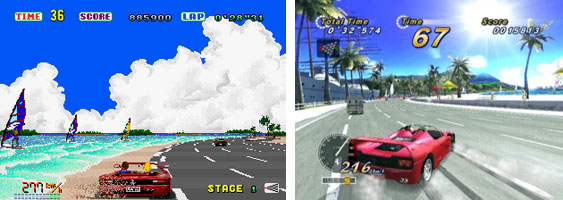
The timed courses were laid out with multiple paths. At the end of each checkpoint you were presented with a fork in the road. This opened up the racing experience in all sorts of ways. Players were no longer limited to replay the same tracks over and over as they could experiment and go for bigger scores and new experiences on each play through. Given a choice was a rare commodity in racing. The driving experience had become an unspoken narrative. Even though there was never a break in the action visual clues let us know which part of the world the stage was set in. Caricatured parts of New York, Paris and Egypt all popped up. It was a celebration of the international racing brotherhood. Yu Suzuki designed the original experience around the Ferrari Testarossa. It was an exotic car that lent itself to this type of experience. The name Ferrari alone conjures up images of excess, luxury and horsepower, it was made downright mythological by Suzuki. However as much as I liked cars I was never fond of Suzuki's obsession with the Ferrari. I felt that the world of cars was too big to be hung up on only one ride.
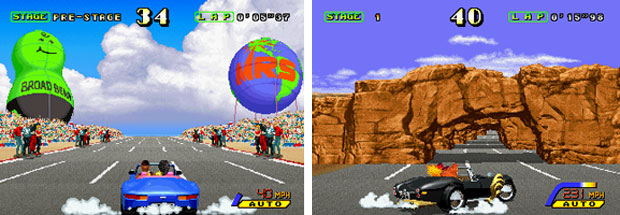
Outrunners was very much a second-coming of OutRun. The graphics of the '92 release were far superior to the original from '86. This game even featured the familiar Testarossa and her driver and passenger. Joining them were all sorts of other drivers and cars in the competition, each designed for a certain type of car fan. From an exotic Shelby Cobra-like car to a Volkswagen Beetle and even a big pink Cadillac. This game simply expanded on all of the things that made the original OutRun so much fun. However Outrunners was developed by Sega's AM1, not Suzuki's AM2. To many it could not compare to the original. Say what they will but I loved it.
Outrunners was beautiful. The cars each handled slightly differently, as would be expected. Discovering the nuances of each ride was what kept me coming back. As was the breakneck speed of the title. Sliding the car completely sideway through a series of stone archways, "threading the needle" in the most awesome sense of the word or dipping past the checkpoint just ahead of my brothers and friends as we played this in the arcade. This game was responsible for plenty of great memories in the 90's. The more that played on the linked cabinets the better. The details of a radio built into each cabinet was nice. Each station played an updated version of the classic OutRun music and players were free to switch stations on the fly. The titles would scroll by the LCD of the dashboard. How many arcade games ever went that extra mile?
The official sequel wouldn't come out until 2003. By the time of OutRun 2 AM2 had grown by leaps and bounds, learning everything they could from their polygon legacy. It was a fun game that returned the series to its roots. All of the cars in the game were Ferraris and the graphics were stunning. I couldn't help but imagine that this was the type of experience that Suzuki had dreamed about giving arcade-goers a generation ago, now he finally had arcade machines and consoles with enough processing power to deliver it. As it turned out the Xbox title was not the last we would see of this classic racer. Sega is putting their finishing touches on OutRun Online Arcade. Fans around the world can't wait to relive all those great memories through the classic experience and even updated versions of their favorite OutRun songs.
While OutRun wasn't my favorite Sega racer ever it was still pretty damn good. There was a studio out there to make an arcade game that was every bit as memorable as the best Sega racers, including OutRun. However their name wasn't Namco and this studio was never known for making racers at all. Come back next time to see what I'm talking about.
